What's the real difference between macarons and macaroons? Have you ever found yourself confused? Despite their similar names, history and shared popularity, these two treats have distinct characteristics that set them apart.
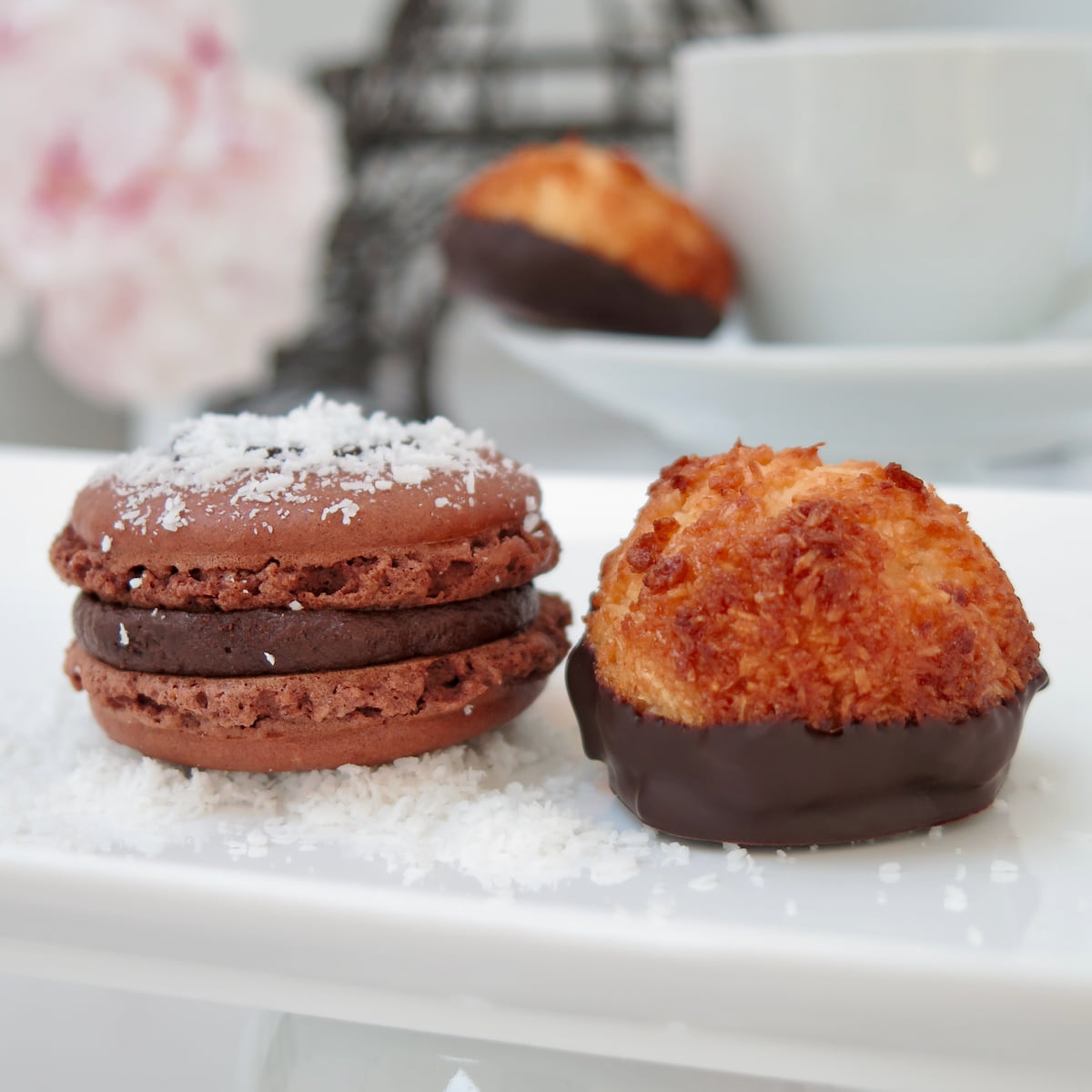
One Extra ‘O’ Makes a Difference
The mix-up between macarons and macaroons often begins with pronunciation or translation. The extra ‘o’ in macaroons can be misleading, leading many to mistakenly refer to the delicate Parisian delights as “macaroons.”
This happens frequently, whether it’s on a top tearoom menu in Paris or on high-end supermarket packaging around the world. Even a top UK bookshop snootily turned down stocking my first book, simply because the title read "Macarons"- not "Macaroons"!
The same mistake continues like a couple of crêpes stuck on deaf ears. OK, I'm perhaps mad about them - they are Paris’s Ambassador of Pastry - but its name needs to be defended.
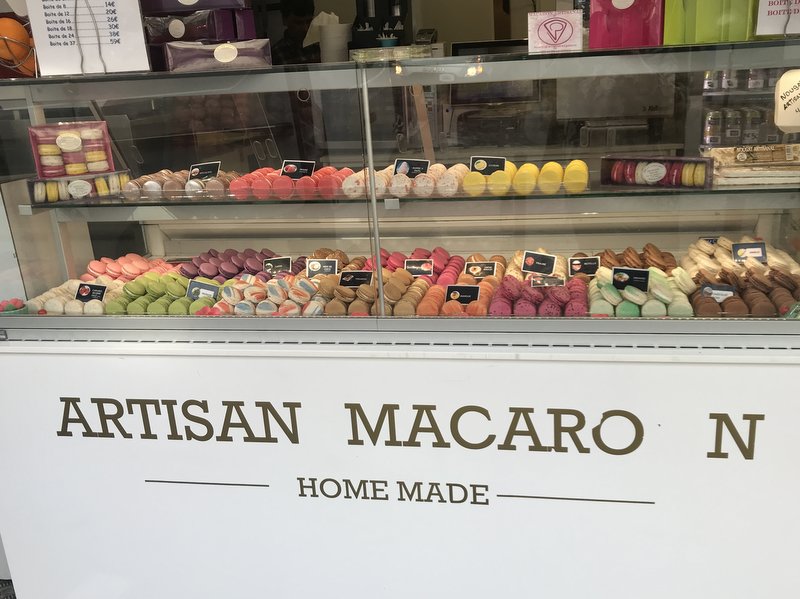
Macarons: Parisian Elegance in Every Bite
The Parisian macaron, characterized by its smooth, delicate meringue-like shells, takes center stage.
Filled with dark or white chocolate ganache, jam, curd,, or Mascarpone and caramel, these treats represent the epitome of refined French pastry.
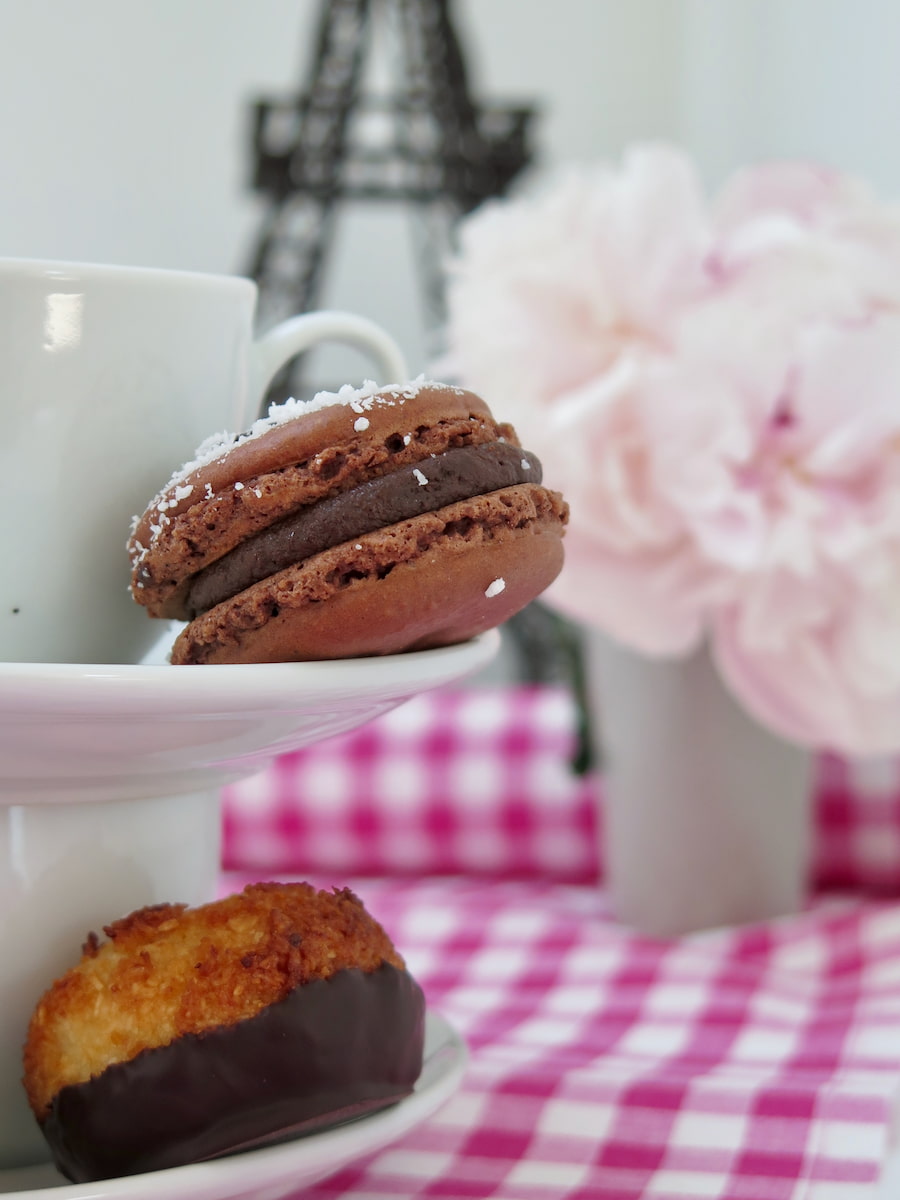
Macaroons: Rustic Coconut Delights
In stark contrast, macaroons exude a more rustic charm. They're simpler and quicker to prepare without fillings and primarily coconut-based. Here's the classic French coconut macaroon recipe, made with coconut, egg whites, honey and sugar.
In France (known as Rochers Coco - previously congolais), they are presented as either a star shape (using a star tip) or pyramid-shaped.
It’s not clear when macaroons were created. It makes sense that coconut was only added around the 1800s when coconut was brought from the Far East.

When Macaroons Become Macarons?
However, just when we thought it was that simple. To confuse the saga further, since 1996 in Alsace a popular bakery makes Kokosmakronen, a coconut confection with cane sugar, calling it Le Macaron Coco. They are piped into a star shape, known as le Macaron de Riquewihr. They also make the familiar ruffled sandwiched Parisian macaron, instead calling them Macarons Fins.
For more, see the video above to explain the differences between macarons and macaroons in France.
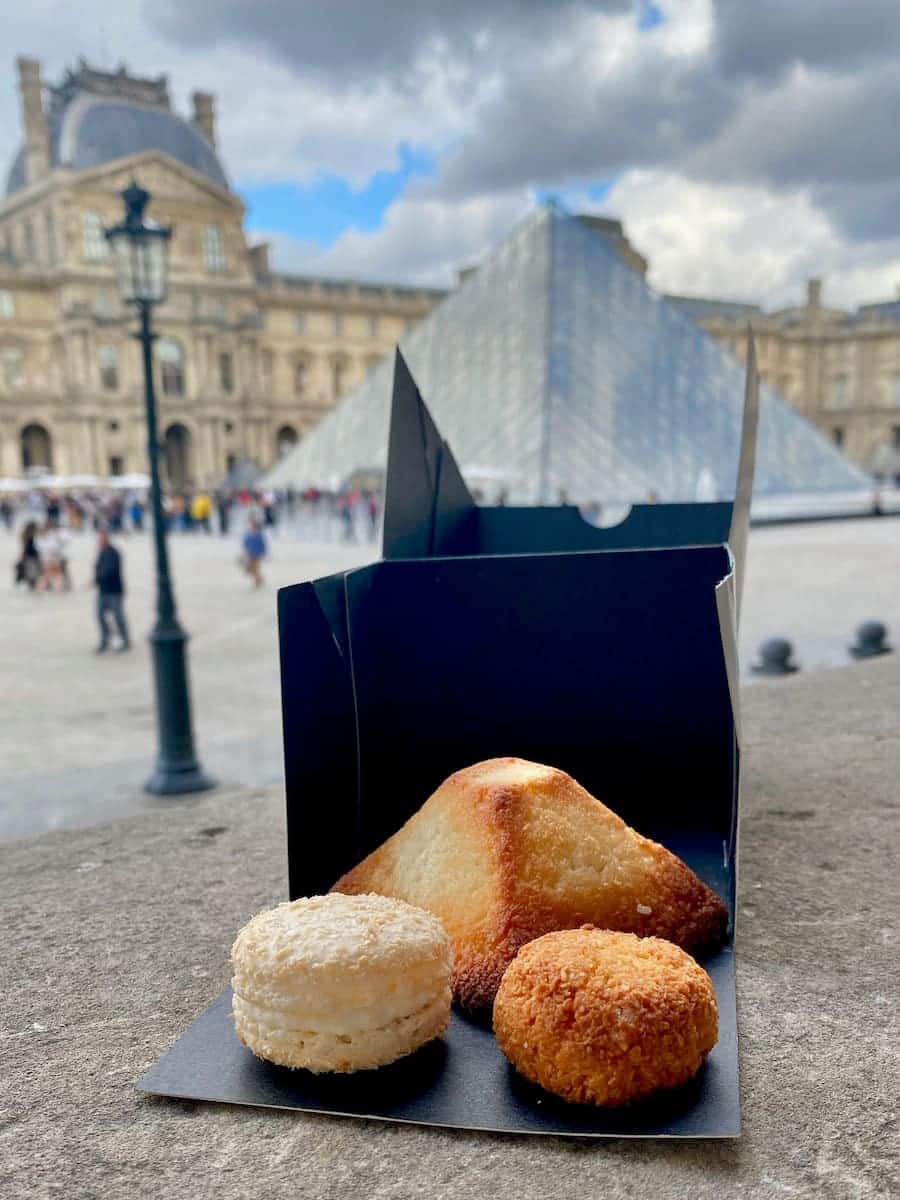
Gluten-Free Commonalities Amidst Differences
Both macarons and macaroons share the distinction of being gluten-free. While they contain common ingredients like egg whites and sugar, macarons incorporate ground almonds (almond flour), setting them apart from the coconut-centric macaroons.
However, some of the more traditional French regional varieties of macaron can contain flour so are not gluten free - more on that on French macaron varieties (page coming!).
Another similarity between the two is that they both measure, on average, between 4-5cm in diameter.
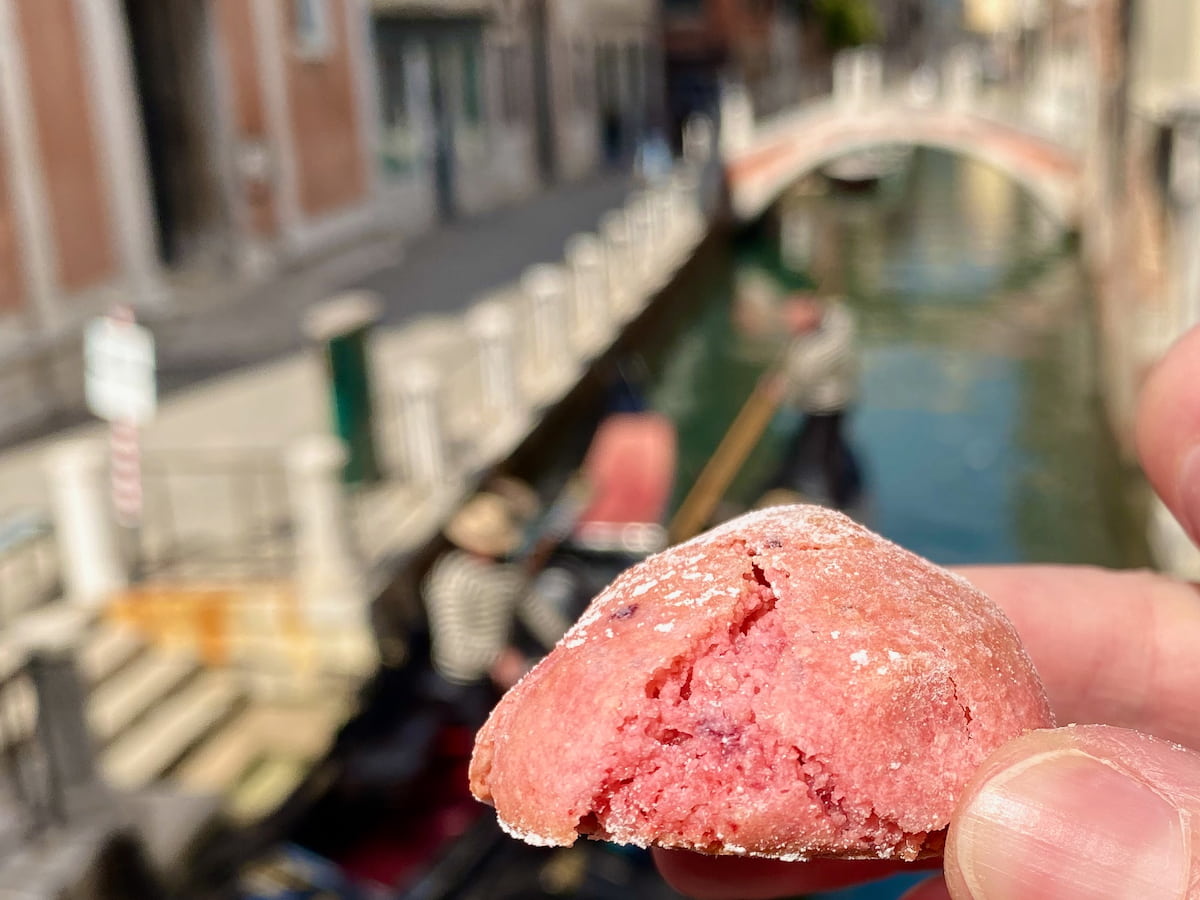
A Brief Journey Through Macaron History
Delve into the rich history of macarons, which dates back to Europe’s Middle Ages. The Renaissance witnessed the evolution of these almond-based delicacies, with the Venetian maccherone influencing France in the 16th century.
Macarons were first cited by French writer Rabelais in his "Quart-Livre" in 1552 at the time of the 'macarone'.
The Venetian maccherone (meaning a fine paste of something crushed, a thin pastry) was made of ground almonds, egg whites and sugar - the base which continues today. It was apparently brought to France by Catherine de Medici and her chefs when she married the future King of France in 1533, Henri II.
Almond cakes/cookies then fell out of fashion until the 17th century - as the taste of bitter almonds had the same taste as arsenic. Royalty and the nobility therefore avoided almond tasting 'treats' such as Visitandines, the predecessor to the Financier cake.
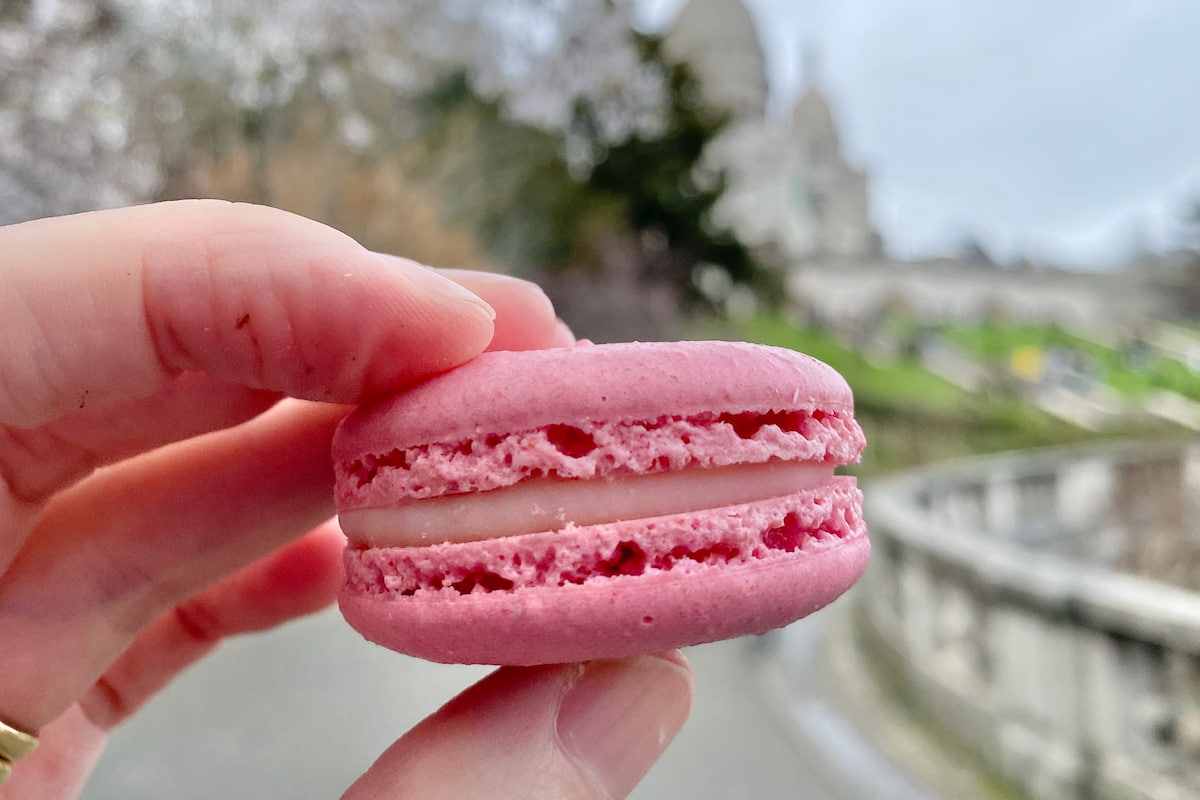
The Modern Parisian Macaron: A 1900s Super-Model Upgrade
The transformation of macarons reached new heights in the 1900s. Pâtissier Claude Gerbet’s innovation in the 1860s, combining two almond-meringue shells, paved the way for the modern Parisian or Gerbet macaron.
Luxembourg pastry chef, Camille Studer, then added a buttercream filling between the two shells, calling them Luxemburgerli.
Around 1930, Ernest Ladurée's second cousin, Pierre Desfontaines takes the credit for inventing these sandwiched macaron ruffled foot confections. He added colouring to be assorted with their different flavours.
Fast forward to the 1990s when Pierre Hermé made them popular, while working at Ladurée.
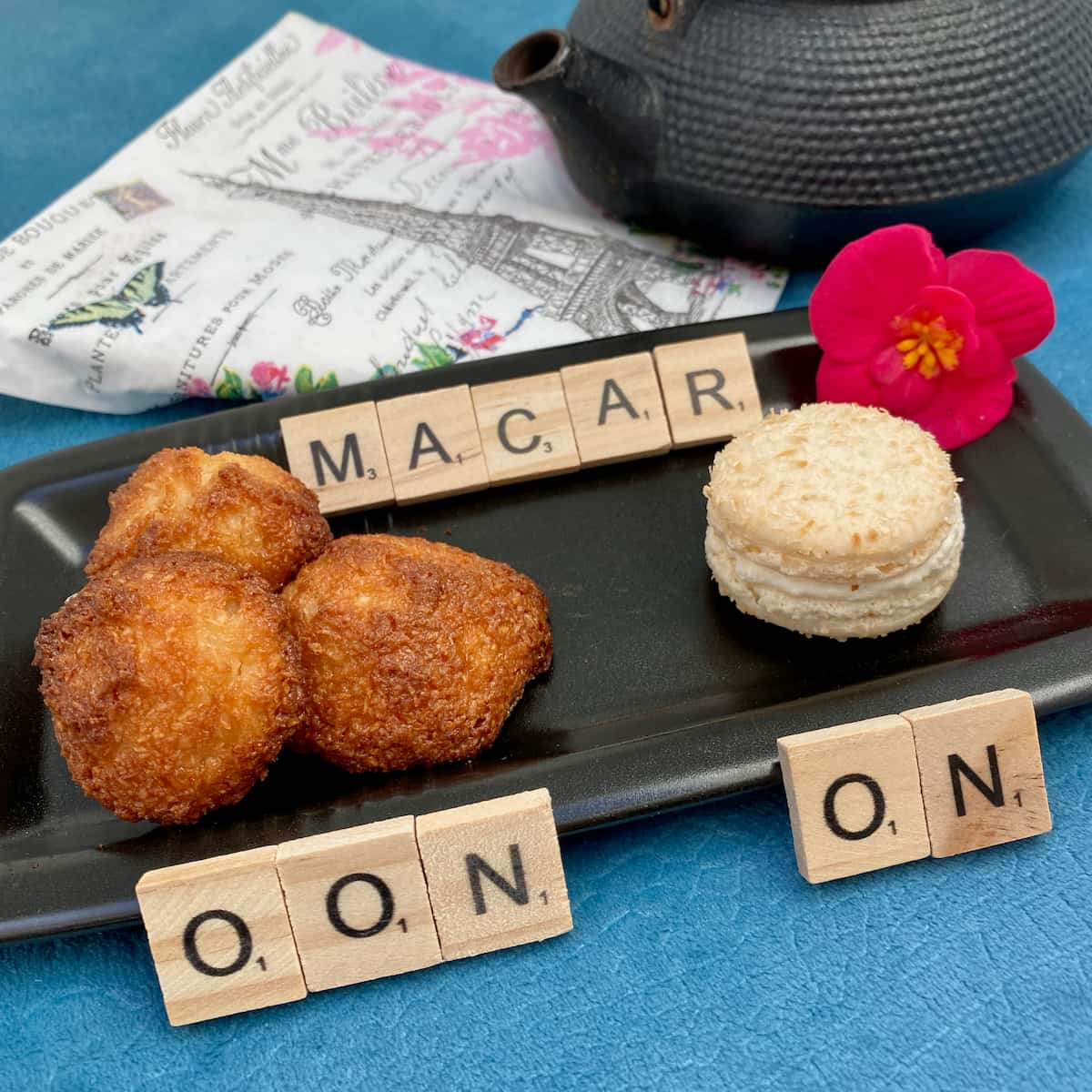
So What's the Macaron vs Macaroon Difference?
In a nutshell, macarons are meringue-based. Unless specified as a traditional regional variation, they refer to the Parisian or Gerbet macaron. Their typical shiny almond meringue shells with a ruffled foot are sandwiched with a ganache, jam or cream filling.
While, in their varying forms, macaroons are coconut confections without any filling.
Spread the joy of macarons and explore the macaron recipes in both my books. Try my most recent extract: salted caramel macarons, an excerpt from Teatime in Paris!
This post was first published in January 2016 but is now more concise and split to cover the regional macaron varieties in France in another post.
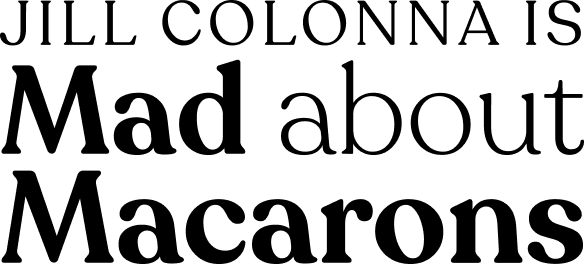




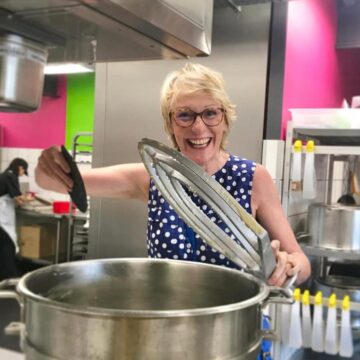
Jenni stevenson
Well I have to say that I think you are a bit wrong. ( wonderful English) A coconut macaroon is a coconut macaroon. But an English macaroon does not have any coconut in it. My husband and I, and now our whole family are having a big dispute over this. As evidence I point you to the Great Book of British baking
Where the recipe for English macaroons clearly does not have coconut. By the by I ate 6 rustic unfilled macarons from Ranou Metivier thus afternoon. They are very moreish .
Jill Colonna
Hello Jenni.Please do cite the evidence you have from the Great Book of British Baking to enlighten me on your family dispute. With all respect, I believe you have not understood the article. I am referring to artisanal French and Parisian macarons (without the coconut) and their translations with a few references to British versions.
Agree that the artisanal French regional macarons (not the Parisian) of Montmorillan (made by Metivier) are delicious.
Tess
I completely agree! It frustrates me any time I hear someone pronouncing it wrong - they're two completely different things. Great post on the difference! Also, your book is my go to recipe for making macarons 🙂
Jill Colonna
Thanks Tess, and thrilled to hear you use one of the books to make your macarons. Couldn't resist including macaroons in my new recipe book! 😀
Brooks
Mrs. W and I were watching a Food Network program over the weekend to hear an American host pronounce the coconut version 'macaroon' when the subject was the French 'macaron'. Ugh. We immediately thought of you, and voila, you've addressed the inaccuracy splendidly! It brings me disdain to hear the error. This post will be where I direct those who need to be in the know.
Jill Colonna
Thank you Brooks. I think people just think we're trying to sound posh by saying it! 😀
David
I may not be as "mad" as you, but I definitely get annoyed when people mix the two up. I love macarons, and only like macaroons. Although I really might love the jam tarts!
Jill Colonna
Love it. We think alike David. And yes, do try these macaroon tarts - they're delicious too, although not gluten-free like a macaron 😉
Nami | Just One Cookbook
Happy New Year Jill! I was smiling when I got this post on my inbox. I always wonder how you deal with people who get confused with these two desserts. You probably think enough is enough. 😀 I love both, but so far I've only made macaroons and I would love to try macarons with your guidance. I gotta make matcha or yuzu version! 🙂
Jill Colonna
Lovely to hear from you Nami! Happy healthy 2016 to you. I don't correct people as it sounds snooty and it's not worth it - best if I can just direct people to this article! You haven't made the macarons yet? There's even a wasabi, pistachio and green tea macaron in the first book - and Matcha madeleines in Teatime 🙂
Gillian & Joanne
We started making macarons 18 months ago so that they were available in Newcastle. People who buy from us still say "oh look, macaroons!" and we've even had children tell us that we have spelt our company name incorrectly!!! But its no wonder when top chefs say 'macaroons' on the TV.
Jill Colonna
I hear your frustration Gillian and Joanne. Let's hope they learn about it soon. As you say, it would help if TV presenters say it properly too!
Gillian & Joanne
Hi again Jill,
Do you have a favourite brand of ground almonds which you rely on as we find variations in quality between batch dates (even from the same supplier).
Thank you
Jill Colonna
Hi Gillian and Joanne,
I normally use Carrefour's own brand ground almonds and from the "Sun" range, found in many French supermarkets but see you're in the UK. When I'm there, I love Tesco's own brand - particularly fine and good value too. If you have any preferred brands, please tell me or pop into the baking forum on this site and I'll add it to FAQ. Thanks!
Liz
I hear it all the time, too. I adore them both, but it does drive me nuts when folks mess up the names. I'm trying to help your cause in Indiana 😉
Jill Colonna
Thanks Liz for keeping the record straight in Indiana! You rock.
Parisbreakfast
Name names at the fancy tea salon!!
What a Good link to see the differences..
At Amiens as soon as you get off the train, their maccies (may I use that word Jill?) are at the station for free tasting!
Jill Colonna
Maccies? So which ones were they then, Carol? Hehe. Tell me and I'll tell you the place.
Lynn Sarda
Happy New Year, Jill. I wince too.
Jill Colonna
That makes at least two of us then Lynn. Thanks!
Caterina B
Hmmmm....thanks so much for writing this! I found a video on YOUTUBE some time ago in which the presenter said "macarOOn" for what was actually a macaron. He was showing directions for making macarons. Yes, macarons, not macaroons and still he mispronounced the word. I commented and that started a lengthy conversation with other folks who disputed the true meaning of the word. Some people just DO NOT KNOW THE DIFFERENCE. And sometimes it seems they choose to ignore the facts just because they' like to argue.. OK. That's my rant.
ps. I just checked youtube and the video is still there with lots and lots of very nasty comments. Sad.
The cooks directions were given in a true spirit of sharing. The commenters were rude.
And, the macarons looked just fine!
Jill Colonna
Thanks Caterina. Yes, it's such a shame that some folk like to argue for the sake of it. Hopefully this article will help people make up their mind which is the right term to use.
Christina @ Christina's Cucina
I am SO elated to see this post, Jill! There's no one better to set the record straight than YOU! I would have done it, but I'm off ranting about the atrocities committed with Italian food more than French pastries, as you know. I just copied the link to your article on M & S's FB page as they are committing this sin on their beautiful boxes of macarons (further confusing the masses) by labeling them as macaroons! Ugh! Of course, when I tried to tell my cousin they were mislabeled, it was difficult to convince her that such a large company would make such a massive mistake! Great (and much needed) post! 🙂
Jill Colonna
Thanks so much Christina. Appreciate your kind words - and action: so impressed you forwarded this to M&S! Like you, I've been so surprised to see them make this mistake on their packaging. Let's hope they correct it in 2016.
Cheryl Turner
Oh Jill, I had to smile while I was reading this. We serve and sell French macarons in our tea salon/cafe. Almost daily I am explaining the difference between these two delicious confections. Every time I place an ad, I have to make sure that they do not auto-correct macaron. Even now, as I type this I am seeing red underline that I'm spelling it wrong. Thank you for sharing this. Great information. I enjoyed reading this very much. ~Cheryl
Jill Colonna
Thanks Cheryl. Isn't that funny? Yes, I'd forgotten that too - another point that irks me when trying to write macaron and auto-spellchecker thinks it knows better.